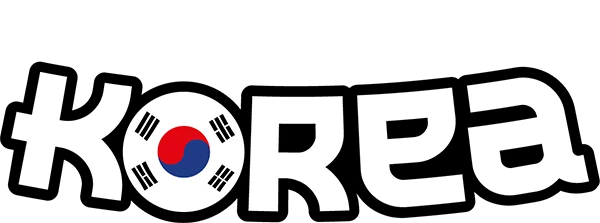Living and Housing Information
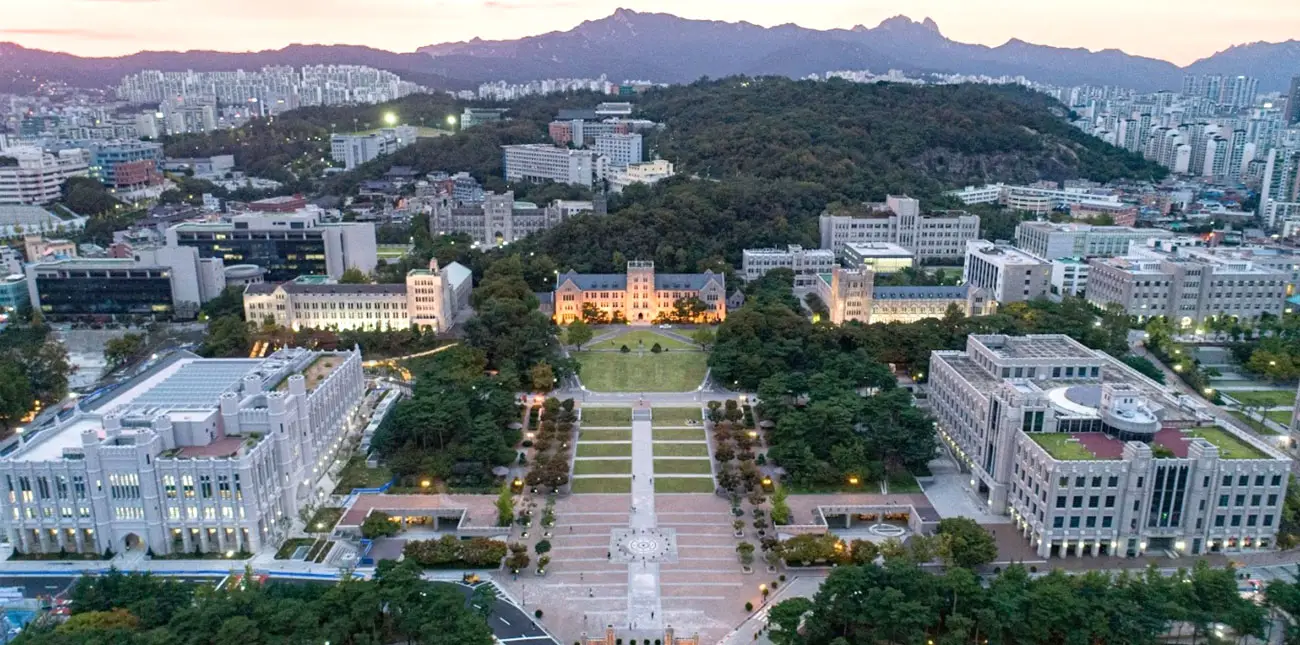
Life in Korea
If you're planning to study in Korea, it's essential to understand the different housing choices. Use mobile apps that offer comprehensive details to help you choose the right living space and lease type.
Korea’s Climate
Korea has a clear distinction between its four seasons—spring, summer, autumn, and winter. Spring and autumn usually bring mild, dry weather with plenty of sunshine, while summer tends to be hot and humid. In contrast, winter is marked by cold temperatures and dry conditions.
Average Annual Temperature
12.8 ℃
Highest Temperature
17.4 ℃
Lowest Temperature
8.9 ℃
Coldest Month
January / -1.9℃
Hottest Month
August / 26.1℃
Leisure Activities in Korea
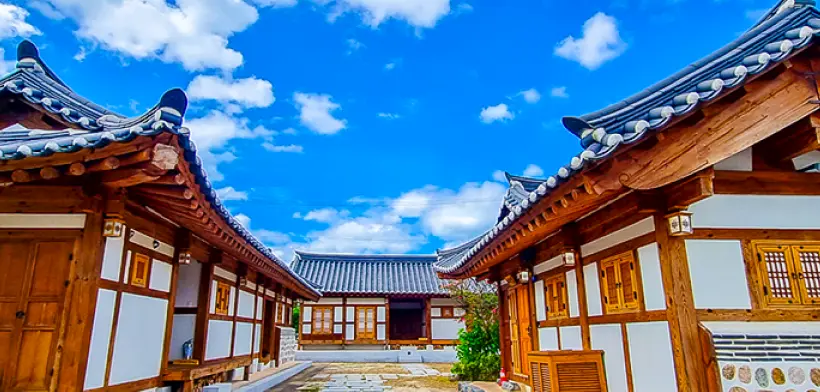
Every Corner of Korea
Top 100 Must-See Destinations in Korea

Visit Seoul.NET
Seoul’s Lineup of Exhibitions, Performances, Festivals, and Cultural Events

Seoul Culture Portal
A Variety of Activities: Cultural Experiences, Travel Programs, and Educational Resources
Types of Accommodation

University Dormitories
Most universities in Korea provide their own dormitory accommodations. These dorms are usually situated on campus or nearby, offering convenient access to classes and generally being more budget-friendly than other housing options.
Dormitories often come with a variety of amenities such as libraries, computer rooms, fitness centers, and cafeterias, helping to support student life. However, because these are shared spaces, personal privacy may be limited, and residents are expected to follow specific rules and regulations.
Rooms are commonly available in single, double, or four-person arrangements. Since admission requirements and fees differ between institutions, it’s best to contact your university’s dormitory office for detailed information.

Homestays
Homestays offer students the chance to live with a local Korean family, typically including a private room and meals for a set monthly fee. This arrangement provides a valuable cultural experience, allowing for immersion in everyday Korean family life.
Homestay options are often found near schools, but it's recommended to visit the home in advance to evaluate the environment, amenities, and overall cost before committing.

Rental Deposit
In Korea, tenants are typically required to pay a security deposit to the landlord when renting a home. This deposit is returned in full when the tenant vacates the property, provided there are no damages or outstanding payments.
Jeonse (Lump-Sum Lease)
Wolse (Monthly Rent)
Before signing a lease, it’s advisable to inspect the property in person to assess its actual condition, rather than depending only on details found online.
Real Estate Applications
1
Dabang
Presently the leading app for real estate searches.
2
Zigbang
A dedicated real estate application that focuses on various property types, including apartments, new construction, studio units, officetels, villas, and commercial properties.
3
Naver Real Estate
An application that enables users to conveniently get alerts for properties that match their preferences.
Types of Housing and Occupancy for International Students
Types of Housing
- Private Housing
- Apartment
- Dormitories
- Others
Occupancy Types
- Jeonse (Lump-Sum Lease)
- Wolse (Monthly Rent)
- Own Home
- Others
Transportation
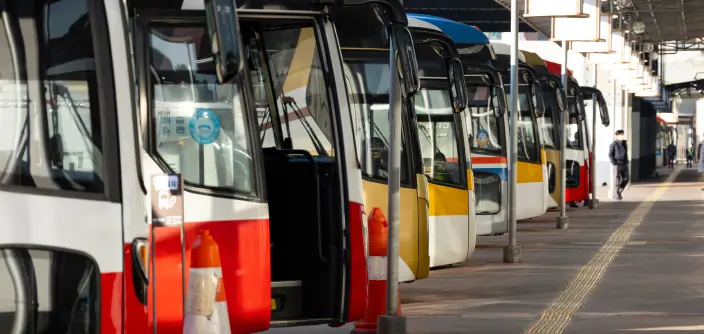
Bus
Buses operate throughout every region in Korea, with conveniently placed stops that allow for easy and efficient access. Familiarity with bus schedules makes traveling across the country straightforward and convenient.
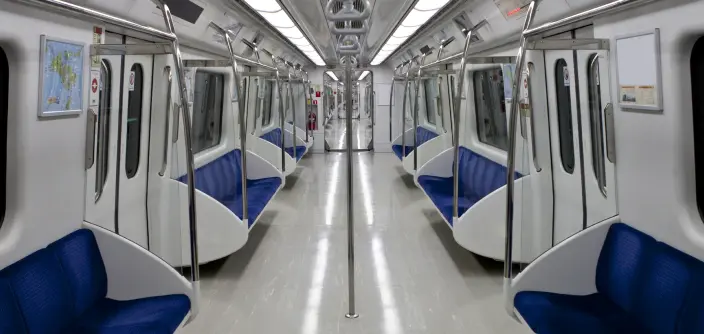
Subway
Korea’s subway network provides a quick and cost-effective way to travel within cities. Its reliability and ease of use make it a popular choice among international students for daily commuting.

Taxi
Taxis in Korea are a convenient and reasonably priced mode of transportation. App-based ride services offer a modern, efficient way to book rides quickly and easily.
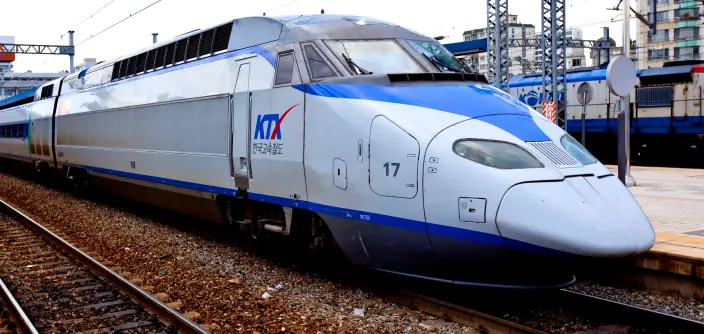
Train
Trains in Korea are classified into six categories depending on speed and service type: KTX, SRT, Saemaeul, Mugunghwa, ITX, and Nuriro.

Air Travel
Korea has a total of 8 international airports and 7 domestic airports, allowing for fast and convenient travel throughout the country from the nearest airport to your location.
National Health Insurance
Health Insurance for International Students
International students staying in Korea for over six months are automatically registered for the National Health Insurance (NHI) program. This enrollment grants them access to the same healthcare benefits available to Korean citizens.
Eligibility
Foreign students, Koreans living abroad, and individuals of Korean heritage
Enrollment Period
Residency Status
- Study Abroad (D-2), Primary/Secondary School Student (D-4-3)
- General Training (D-4)
- Overseas Koreans/Students of Korean Descent
Enrollment Period
- Upon initial entry → Date of foreigner registration Re-entry after foreigner registration → Date of re-entry
- Six months after the date of entry
- Upon school admission after entry (with proof of enrollment)
Enrollment Process
International students are automatically covered by the National Health Insurance, with no separate application required. A health insurance card and an information guide will be mailed to the address registered in Korea.
Insurance Premium Calculation
Premium Reduction
- A discount on the insurance premium is offered to individuals who meet the following criteria:
- *Residency status qualifies for reduction
- *Monthly income of 300,000 KRW or less
- *Property tax base value of 135 million KRW or less
- *Study Abroad (D-2), General Training (D-4), Overseas Korean (F-4) students, and other international students
- Reduction Rates
- March 2021 - February 2022: 70% reduction
- March 2022 - February 2023: 60% reduction
- March 2023 onward: 50% reduction
Health Insurance Benefits
International students receive the same healthcare benefits as Korean citizens, such as access to medical treatment and routine health check-ups.
Procedures not connected to health or everyday living—like cosmetic surgery—are excluded from insurance coverage.
Medical Treatment
Medical Treatment for International Students
Hospitals and pharmacies in Korea are easily accessible and user-friendly. To find medical facilities or pharmacies open on weekends or holidays, you can use the Central Emergency Medical Center’s website for quick and reliable information.
Emergency Medical Portal (E-GEN)
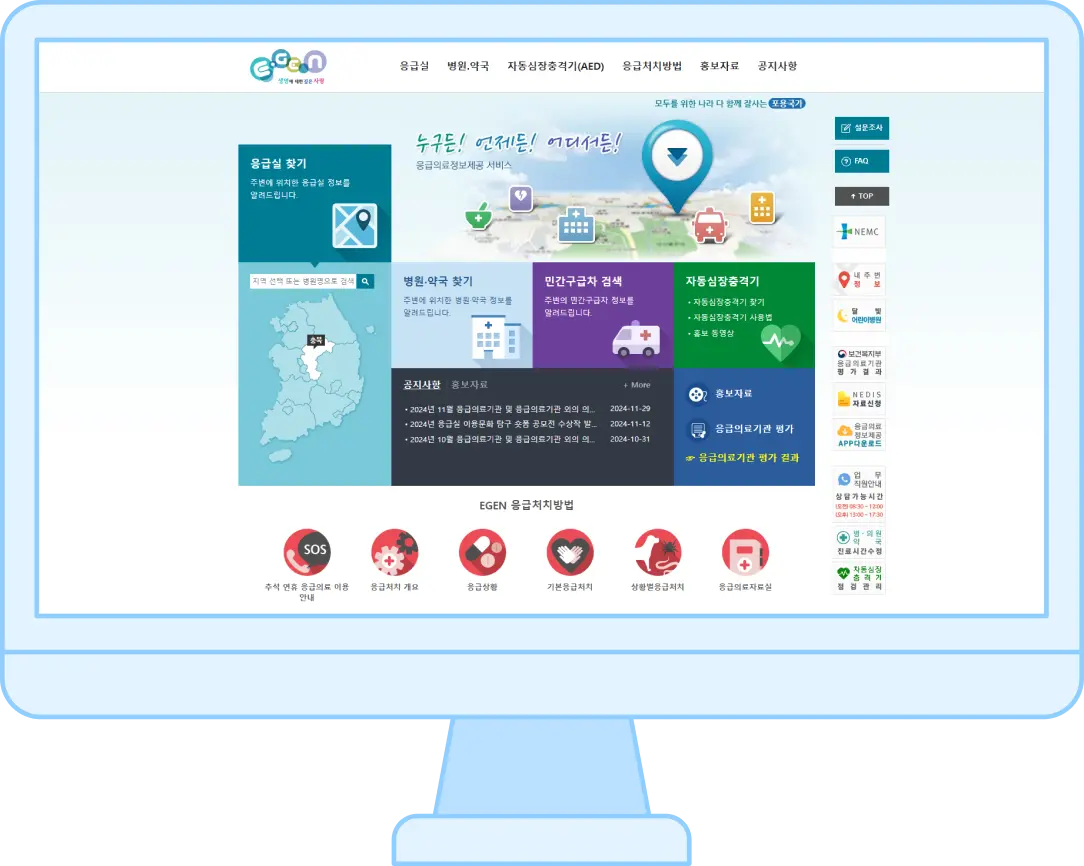
Banking for International Students
Steps to Get Approval for Part-Time Work
Step 1.
Required Documents
ID (passport, alien registration card, or resident registration card), seal (signature), and proof of financial transaction purpose.
Step 2.
Take a queue ticket and wait
Check your number on the display board.
Step 3.
Consult with a bank employee to open an account
If needed, apply for internet banking and an ATM card (for cash withdrawals and deposits).
Remittance
Foreigners can send money abroad from local banks. Transfers are allowed through foreign exchange banks, with a limit of up to USD 100,000 per year without requiring documentation. For amounts exceeding this limit, additional paperwork may be requested. Since transfer fees differ between banks, it’s a good idea to inquire in advance.
Financial Products
In Korea, numerous financial institutions provide a variety of services and products, such as savings accounts, investment funds, and insurance plans. However, foreign residents may face certain restrictions on financial transactions due to strict domestic regulations. It’s important to be aware of these limitations.
Currency Exchange
Foreign currency and traveler’s checks can be conveniently exchanged at banks and currency exchange counters in airports throughout Korea. However, the available currencies for exchange may differ depending on the bank. For large amounts or currencies other than the US dollar, it’s advisable to check with the bank beforehand.
Additionally, online banking often provides favorable exchange rates, making it a convenient option for currency exchange. For transferring funds to international bank accounts, telegraphic transfers (TT) are a quick and efficient method.
